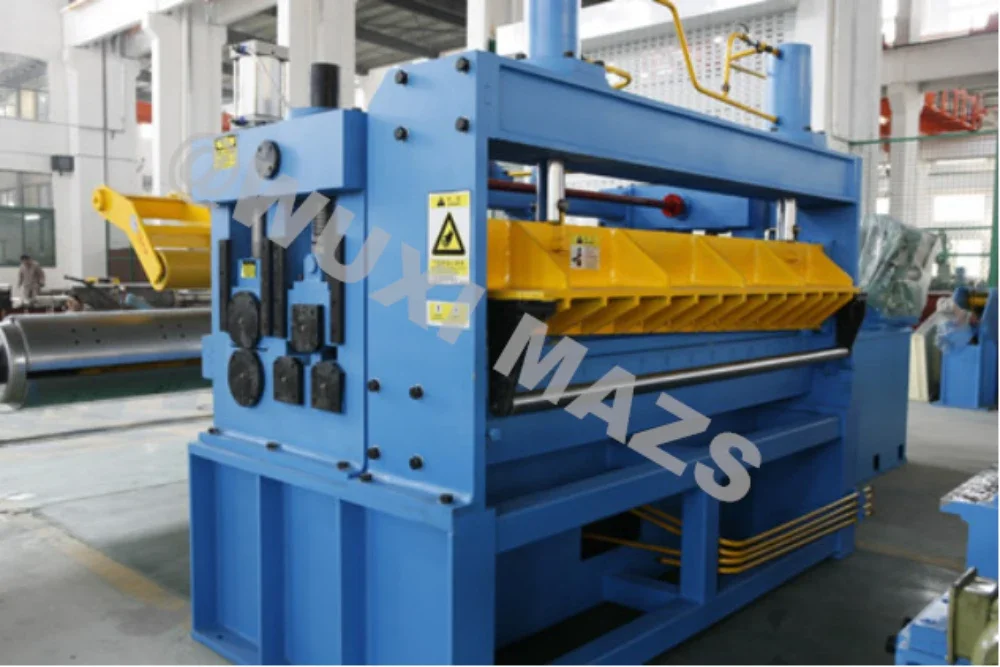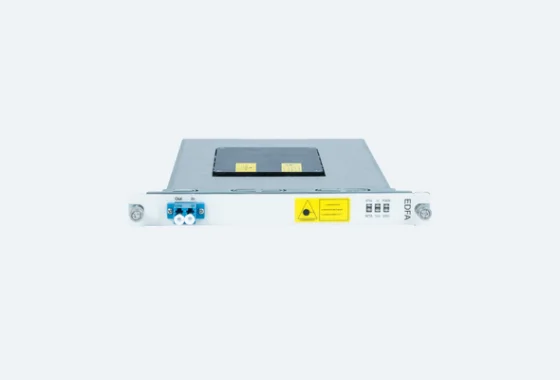When it comes to choosing an RTO incinerator manufacturer, quality and reliability are paramount. You need a company that not only offers top-notch incinerators but also provides exceptional service and support. That's where we stand out from the rest. Our cutting-edge technology ensures efficient and effective waste management solutions, while our commitment to customer satisfaction sets us apart in the industry. With years of experience and a proven track record, we deliver innovative incineration systems that meet your needs and exceed your expectations. Trust us to be your partner in sustainable waste disposal solutions.
Key Takeaways
-
Consider Energy Efficiency: Opt for RTO systems to efficiently treat air pollutants while minimizing energy consumption, as discussed in the benefits section.
-
Evaluate Customization Needs: Assess your industry-specific requirements and explore customization options available in RTO systems to maximize effectiveness.
-
Prioritize Cost Reduction: Implement cost reduction strategies highlighted in the article to optimize the operation of RTOs without compromising performance.
-
Choose a Reliable Manufacturer: Select an experienced manufacturer who offers key design features and customization options tailored to your needs, as emphasized in the article.
-
Understand Operational Mechanisms: Gain insights into how RTOs operate to make informed decisions when selecting and utilizing these incinerator systems.
-
Apply Industry Applications: Explore the diverse applications of RTO technology across industries to identify how it can benefit your specific operational requirements.
Understanding Regenerative Thermal Oxidizers
Role
Regenerative Thermal Oxidizers (RTOs) play a crucial role in air pollution control by removing harmful pollutants from industrial exhaust streams. They are vital in reducing emissions of volatile organic compounds (VOCs) and hazardous air pollutants.
RTOs operate by passing the exhaust gas through ceramic media beds, where heat is transferred and pollutants are oxidized at high temperatures. This process ensures efficient destruction of contaminants before releasing clean air into the atmosphere.
Technology
The technology behind regenerative thermal oxidation sets it apart from traditional incineration methods. Unlike direct-fired thermal oxidizers that burn fuel to generate heat, RTOs utilize heat recovery mechanisms to preheat incoming process air, leading to significant energy savings.
In RTO systems, the hot purified air is redirected back to the combustion chamber to maintain optimal operating temperatures. This cyclical process maximizes thermal efficiency and minimizes fuel consumption, making RTOs a sustainable solution for emission control.
Environmental Regulations
Stringent environmental regulations mandate the use of RTOs in various industries to comply with emission standards and protect air quality. Organizations must adhere to guidelines set forth by agencies like the Environmental Protection Agency (EPA) to mitigate the impact of industrial activities on the environment.
How RTOs Operate
Heat Exchange
Regenerative Thermal Oxidizers (RTOs) operate by using ceramic media beds to facilitate heat exchange. This process involves the transfer of heat from the combustion chamber to the incoming polluted air. The captured heat preheats the contaminated air, leading to enhanced fuel efficiency and reduced operational costs.
The efficiency of an RTO system heavily relies on the effectiveness of this heat exchange mechanism. By preheating the incoming air stream, the system minimizes the energy required for the oxidation process. As a result, lower fuel consumption is achieved, making RTOs an environmentally friendly choice for industrial air pollution control.
Air and Pollutants Flow
Within an RTO, the flow of air and pollutants follows a precise path to ensure optimal combustion efficiency. Contaminated air enters the oxidizer and passes through one ceramic bed, where it is heated and then directed to the combustion chamber. The pollutants are then oxidized at high temperatures before being released as clean air.
The combustion process in an RTO is crucial for eliminating harmful pollutants from industrial exhaust streams. As the contaminated air moves through the oxidizer, volatile organic compounds (VOCs) and hazardous air pollutants (HAPs) are subjected to intense heat, breaking down these harmful substances into harmless byproducts like water vapor and carbon dioxide.
Role of Catalysts
Catalysts play a vital role in enhancing the oxidation process within an RTO system. By introducing catalysts into the combustion chamber, chemical reactions are accelerated, leading to more efficient pollutant destruction. The presence of catalysts improves overall performance by promoting complete oxidation of VOCs and HAPs.
The utilization of catalysts in RTO systems is particularly beneficial for industries with high VOC concentrations in their emissions. These catalysts act as facilitators for oxidation reactions, ensuring that even complex organic compounds are effectively converted into non-toxic gases before being discharged into the atmosphere.
Benefits of Using RTO Technology
High Destruction Efficiency
RTOs, or Regenerative Thermal Oxidizers, are known for their high destruction efficiency, typically ranging from 95% to 99%. This means that these systems can effectively destroy harmful pollutants in industrial exhaust streams, ensuring cleaner air emissions. The air clear RTO unit, a type of RTO technology, excels in this aspect, making it a popular choice for industries striving to meet stringent environmental regulations.
Low Operational Costs
One of the key advantages of RTO technology is its low operational costs compared to other emission control technologies. Despite the initial investment required for installing an RTO system, the long-term operational expenses are significantly lower. This cost-effectiveness stems from the regenerative nature of these units, which allows them to recover and reuse heat energy efficiently, reducing fuel consumption and overall operating costs.
Reduction of Greenhouse Gas Emissions
By utilizing RTO technology, industries can achieve substantial reductions in greenhouse gas emissions. The canister RTO, another variation of this technology, plays a crucial role in minimizing the carbon footprint of industrial processes. Through the combustion of volatile organic compounds (VOCs) and hazardous air pollutants (HAPs), RTOs help mitigate environmental impact by converting these pollutants into harmless byproducts like water vapor and carbon dioxide.
Long-Term Sustainability Benefits
Adopting RTO systems offers various long-term sustainability benefits for industries across different sectors. Apart from ensuring regulatory compliance and reducing environmental liabilities, RTO technology contributes to enhancing overall operational sustainability. By promoting energy efficiency and resource conservation, these systems align with the global shift towards sustainable practices, supporting businesses in achieving their environmental goals while maintaining profitability.
https://www.wxincinerator.com/rto-incinerator
Jiangsu Wanxin Environmental Protection Technology Co., Ltd.


